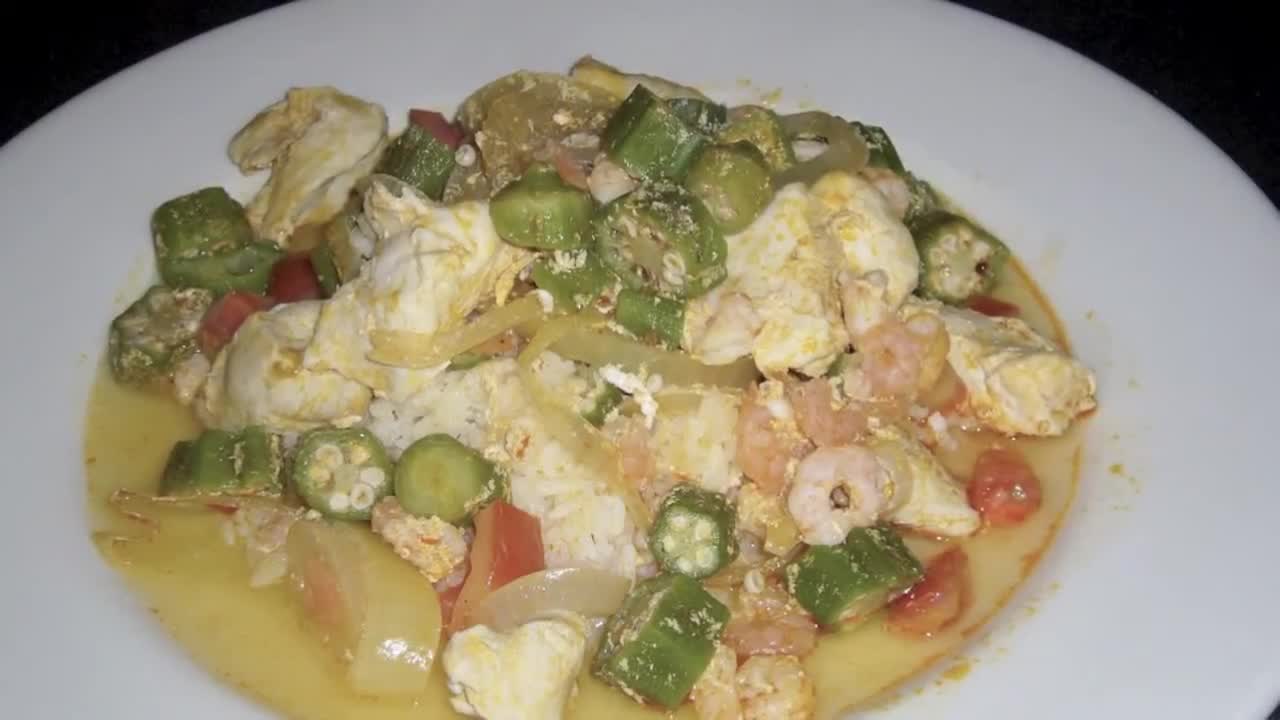Premium Only Content

Brazilian cuisine
Brazilian cuisine, like Brazil itself, varies greatly by region. The natural crops available in each region add to their singularity.
Root vegetables such as cassava (locally known as mandioca, aipim, or macaxeira), yams, and peanuts[citation needed], and fruits like açaí, cupuaçu, mango, papaya, guava, orange, passionfruit, pineapple, and hog plum are among the local ingredients used in cooking. Brazilian pine nuts called pinhão grow in a tree that is abundant in the southern part of Brazil, and are a popular national snack, as well as a lucrative export. Rice and beans are an extremely common dish, as are fish, beef and pork.
Some typical dishes are caruru, which consists of okra, onion, dried shrimp and toasted nuts (peanuts and/or cashews) cooked with palm oil until a spread-like consistency is reached; feijoada, a simmered bean-and-meat dish; tutu de feijão, a paste of beans and cassava flour; moqueca capixaba, consisting of slow-cooked fish, tomato, onion and garlic topped with cilantro; and chouriço, a mildly spicy sausage. Salgadinhos, cheese bread, pastéis and coxinha are common finger foods, while cuscuz branco, milled tapioca, is a popular dessert. Brazil is also known for its cachaça, a popular native liquor used in the Caipirinha cocktails.
Actually, the country's gigantic geographic scope creates regional differences in the cuisine, and no single dish can encompass and represent the national palate. ( source Wikipedia )
-
 LIVE
LIVE
Kim Iversen
2 hours agoKlaus Schwab Steps Down—But the WEF Agenda Marches On
12,634 watching -
 1:24:34
1:24:34
vivafrei
3 hours agoVan Hollen's Tax-Payer Funded Vacay! Canada Liberals are Absolutely INSANE! Hegseth Hit Piece & MORE
41.8K11 -
 29:31
29:31
Kimberly Guilfoyle
2 hours agoThe Great American Comeback, Live with Nick Adams | Ep215
31.2K11 -
 1:30:43
1:30:43
Redacted News
2 hours agoGlobalist Cabal Suffers MAJOR losses as WEF's Klaus Schawb out, WEF Pope Francis dies, and WHO caves
76.3K65 -
 57:25
57:25
Candace Show Podcast
2 hours agoBlake Lively Filed A Sham Lawsuit. Is This Now A Criminal Case? | Candace Ep 179
43.5K49 -
 1:14:38
1:14:38
The HotSeat
2 hours agoGut the DOD, Gut the Country—And That’s Exactly the Plan
9.89K6 -
 LIVE
LIVE
LFA TV
20 hours agoALL DAY LIVE STREAM 4/21/25
1,019 watching -
 2:12:21
2:12:21
The Quartering
5 hours agoKarmelo Anthony PSYOP, Joe Rogan Attack, Pete Hegseth Stroy , Klaus Schwab Steps Down Pope Dies
141K34 -
 LIVE
LIVE
Dr Disrespect
6 hours ago🔴LIVE - DR DISRESPECT - WARZONE - ATTACK ATTACK ATTACK
2,581 watching -
 30:11
30:11
SantaSurfing
3 hours ago4/20/2025 - Easter Timeline! The old Guard going down! Gold breaks $3400! FREEDOM!
15.9K6